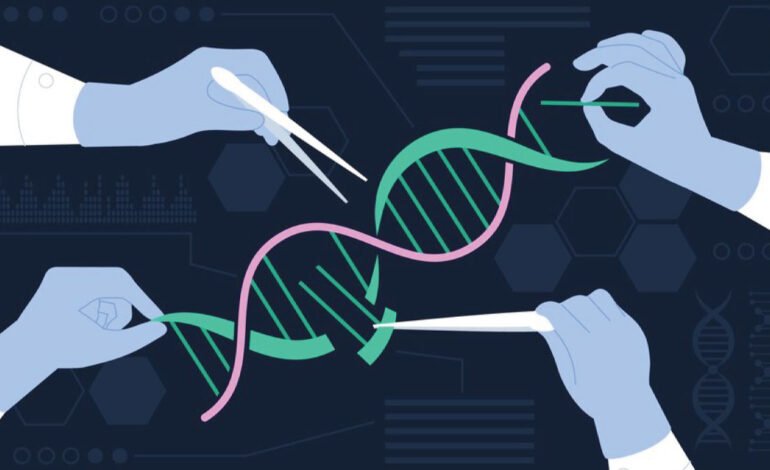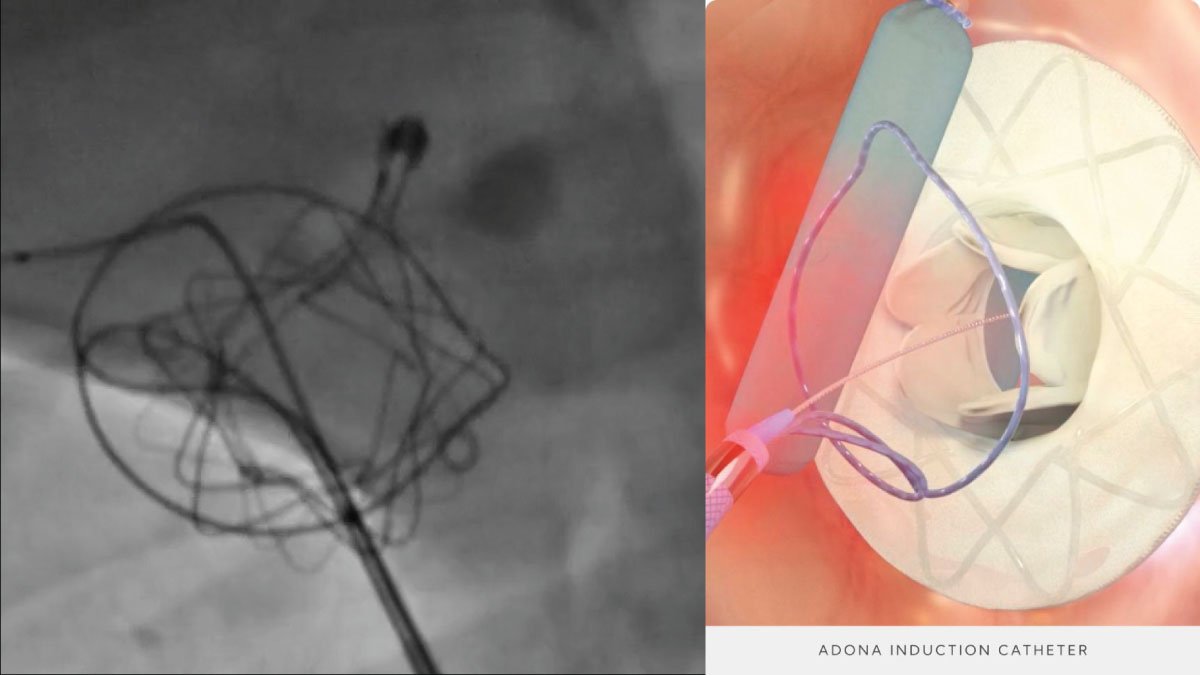Gene Editing for Cystic Fibrosis Optimizes Correction Mutation in Human Lung Cells

A fresh strategy brings a significant advancement in gene editing for cystic fibrosis by accurately fixing the most prevalent mutation in human lung cells. This development could transform future treatments, enhancing their effectiveness and precision.
Innovations in Gene Editing for Cystic Fibrosis Therapy
A major step forward in cystic fibrosis therapy has been achieved through the systematic improvement of a gene modification method called prime editing. This technique has demonstrated impressive success in correcting the CFTR F508del mutation, the leading cause of cystic fibrosis, in human lung cells. Unlike conventional therapies that only manage symptoms, this strategy directly targets and corrects the root genetic issue.
The prime editing method enables precise changes to DNA, making it a formidable tool for tackling genetic diseases such as cystic fibrosis. By fixing the CFTR gene directly, this approach aims to restore normal cell function, providing a more lasting solution for patients.
Implications of Gene Editing
The impact of this research goes beyond cystic fibrosis. Prime editing technology could be incorporated into sophisticated medical devices for personalized medicine. For example, wearable gadgets or implantable sensors might one day monitor a patient’s genetic status in real-time and apply targeted gene modifications as necessary. This would represent a major advancement in personalized healthcare, enabling more effective and tailored treatments.
Future Developments in Gene Editing for Cystic Fibrosis
As gene editing technology progresses, its uses are expected to broaden into various medical areas. Future developments could include the creation of automated gene editing systems for direct application in the human body, offering continuous monitoring and correction of genetic mutations. Moreover, improvements in how treatments are delivered, such as through nanoparticles or viral vectors, could enhance the efficiency and safety of these therapies.
Conclusion
This breakthrough in gene modification heralds a new chapter in genetic medicine, promising to revolutionize the treatment of not just cystic fibrosis but a broad spectrum of genetic conditions. As scientists refine these techniques, the landscape of medicine appears to be moving towards a more personalized, precise, and effective approach.




















